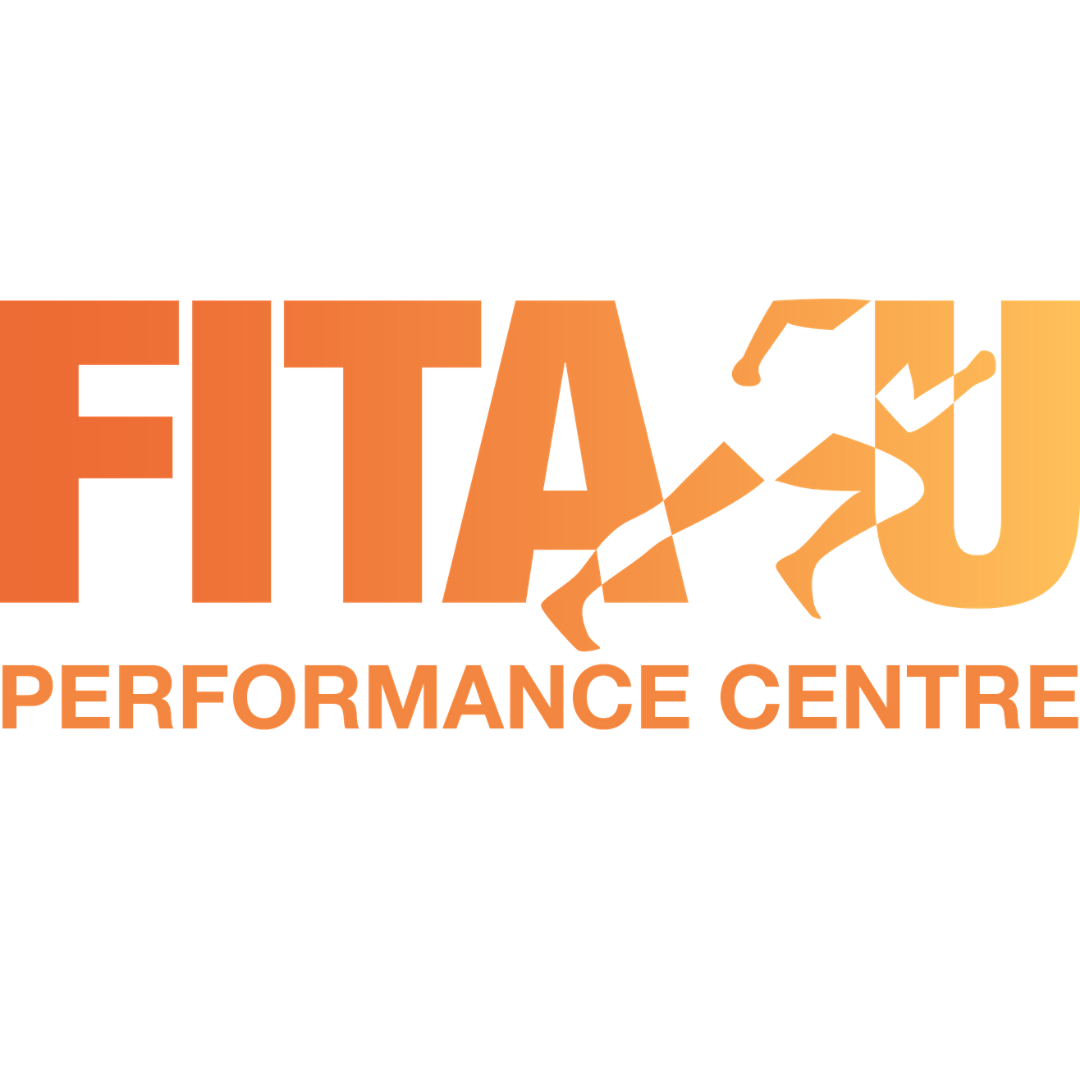Are You Putting Money Back Into Your Body Bank?
You’re training hard; eating really well, always on the move, but seem to be falling short of the results you really want to see! This is common frustration that a lot of everyday people, like you and me, face when you want to achieve a certain level or goal in your health and fitness journey. Recovery is often the missing link and it really is the determining factor to how your body responds to all your hard work.
For top-level athletes, rest and recovery is part of their everyday routine, dedicating anywhere between 12-16 hours per day. In a perfect world this would be ideal for everyone but unfortunately we don’t all have that time to spare. But this doesn’t give us an excuse to forget about recovery, why you ask?
Your body is like a bank account; if you are always running at full throttle then you’re constantly taking money out of the bank account. But what happens when you are scrapping at the bottom and/or going into debt, it will stop you from deducting. Goes the same for your body; it will stop when there is nothing left! This is where recovery comes into play. When you allow your body to recover both physically and psychologically you automatically start to put a credit back on your body bank.
So what really happens to your body during the recovery period? There are two different forms of recovery:
“Immediate or short-term recovery – This is the most common form of recovery and occurs within hours after an exercise session or event. Short-term recovery includes low intensity exercise after working out and during the cool down phase.
Long-term recovery – This refers to recovery periods that are built into a seasonal training schedule and may include days or weeks incorporated into an annual athletic program.” (Kris Swartzendruber, Michigan State University Extension, 2013)
What are the best recovery techniques?
There are many different methods of recovery and all have their owns benefits increasing the rate of recovery. Below are 3 simple techniques that I believe are the best for recovery:
Sleep. Getting a good amount of quality sleep is perhaps the most important technique but easily underestimated. Although the amount of training you do per day will determine how much sleep you will need, generally speaking for the everyday person who trains for 45-60 minutes per day should be getting between 7-9 hours of quality sleep. “When you are sleep deprived you are at risk of losing aerobic endurance and may experience subtle changes in hormone levels, which can lead to higher levels of cortisol (a stress hormone) as well as a decrease in human growth hormone, which is active during tissue repair” (Scott Laidler, Telegraph, 2014)
Infrared Red Sauna. Everyone knows that saunas make you sweat which is great for burning calories and detoxification but an infrared red sauna goes much deeper. They eliminate about seven times more toxins, promote relaxation and stress relief which will help balance out your bodies level of cortisol, help to decrease inflammation and relieve aches from training. There is no one answers for the amount of times you should use a sauna each week, but by starting off with once a week for 30-45min you should start to see a significant difference in your recovery. If you are in Brisbane and looking to try an infrared red sauna, check out City Cave.
Yoga. Yoga offers one of the most dynamic returns on investment, as it increases strength, flexibility, agility, balance and mental acuity, and can assist with recovery from high-intensity training. It has the ability to shine the spotlight on the blind areas that have developed from training. When holding a pose for up to 3 minutes, it has the amazing ability to restore and rebuild connective tissue. Yoga can be done everyday for best results but it has been proven that for an active person who is training 3-4 times a week, practicing Yoga once or twice per week might be enough.
Although our natural instinct as human beings is do more or go harder when things aren’t going right, sometimes taking a step back and realising that less is sometimes more. All in all to achieve optimal performance and best results, you need to be proactive in listening to your body and making recovery a priority. Your body will usually be pretty clear in its desire for what you need, whether that be time off, water, food or a more rewarding frame of mind to approach your exercise regime with. In fitness circles we call this instinctive training: our bodies are naturally very highly attuned to our needs. If we learn to answer those needs well, we stand to get more out of our workouts and ultimately our lives.
Yours truely,
Ashley Carucci
